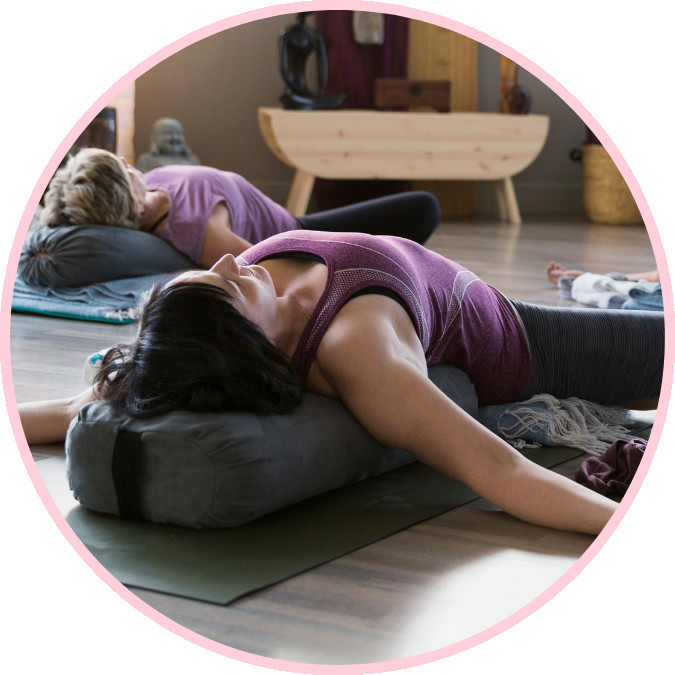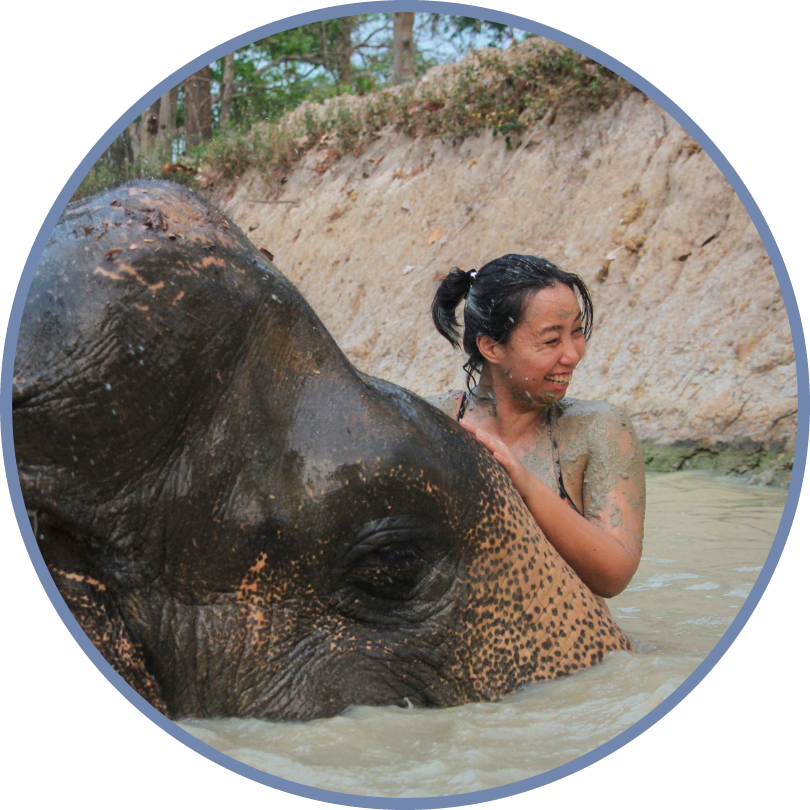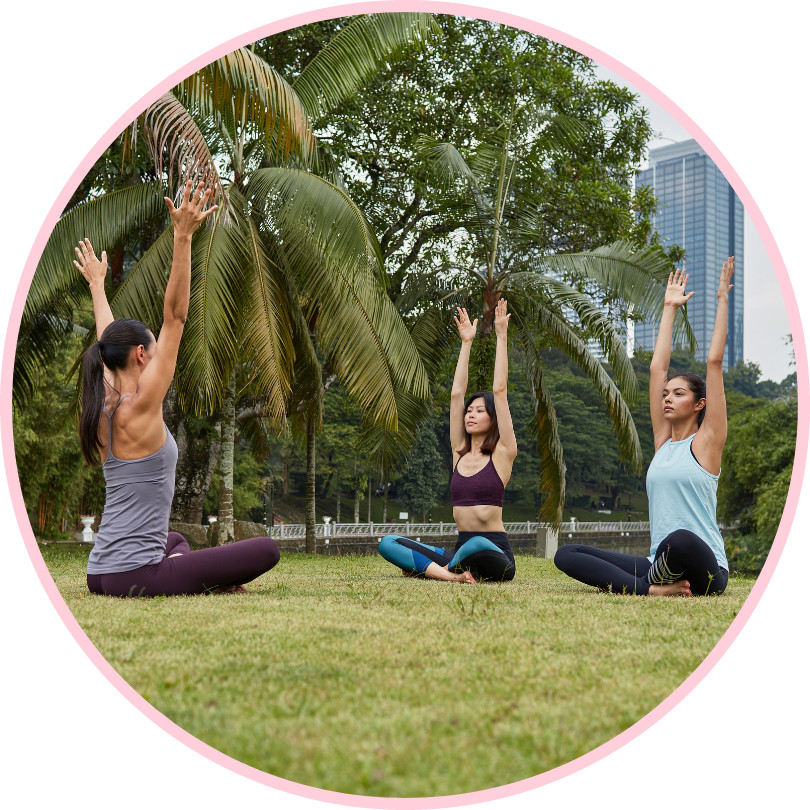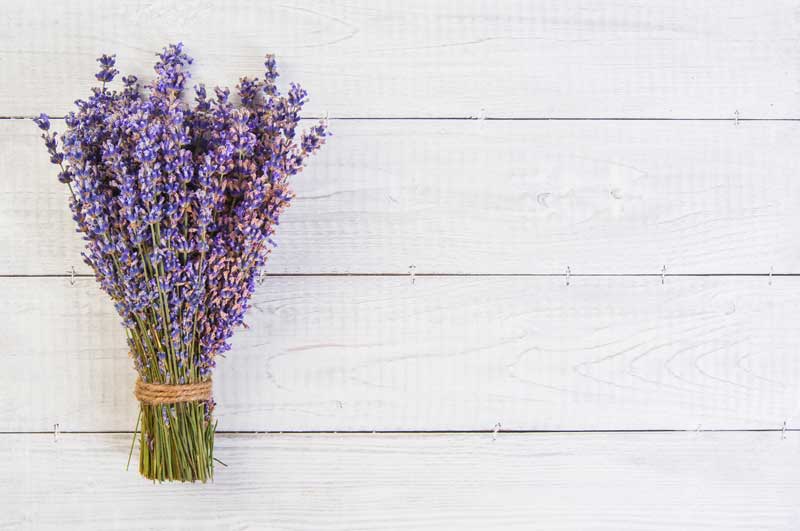Greetings! We're on our second leg of this 12-part blog series, "Harmony Within: A Holistic Wellness Journey."
Today, we embark on the rhythmic exploration of mindful movement through the fusion of Hatha and Vinyasa yoga, which is generally called Hatha-Vinyasa, one of the first styles of Yoga that I've been trained in and that which I always go back to in my practice.
The Dance of Movement and Mindful Pauses
In the realm of holistic wellness, movement is not just about physical exercise; it's a dance with breath, a meditation in motion. Hatha-Vinyasa encapsulates the essence of this dance, marrying the precision of Hatha yoga with the fluidity of Vinyasa yoga.
If you've been wondering what's the difference between Hatha Yoga, Vinyasa Yoga, and Hatha-Vinyasa Yoga, you may find yourself opening a library's worth of information. But in terms of the kind of class, sequence, or flow you can expect, it's just this:
Hatha Yoga primarily focuses on holding the poses and the quality of your breath while holding the poses. You can expect a class that starts with a breathing exercise, then the instructor will have you go through a series of poses.
Vinyasa Yoga is a fluid and sometimes rigorous style of practice. It focuses on connecting the breath to the movement. You'll sometime hear the phrase "one breath, one movement" as you go through a series of poses in a dance-like sequence.
Unlike Hatha Yoga, Vinyasa Yoga has little to no pause in its sequence. Hatha Yoga, on the other hand, will have majority of the class structure introducing you to the poses one asana at a time.
While they both practice the same asanas, how you get into each asana is differs. Similarly, while both pay attention to the breath, in Hatha Yoga you breathe while holding the poses while in Vinyasa Yoga, you breath with every movement.
Now you can already guess what a Hatha-Vinyasa Yoga class would be like. It's combining mindful pauses and dynamic movement, all grounded in the breath in order to connect the mind, body, and spirit during practice.
This allows the practice to be meditative in its flow while allowing for awareness to grow while holding the poses.
Let's delve into the beauty of this practice, understanding how it nourishes not only the body but also the mind and soul.
Let Your Breath Guide You
In the aspect of flow, Hatha-Vinyasa places a profound emphasis on the synchronicity of breath and mindful movement. Inhale lifts, exhale folds—the breath becomes the guide, leading you through a sequence that unfolds like a moving meditation. It's in this dance that the mind finds stillness, and the body discovers its innate wisdom.
In the aspect of mindful pauses, Hatha-Vinyasa invites the practitioner to be present within the pose. Inhale as a reminder to "not collapse" and maintain posture; exhale as a reminder to release tension within the pose. The breath becomes a tool for awareness, growth, and developing patience and equanimity.
Practical Exercise for the Breath:
As you read this, take a moment to sit or stand comfortably. Close your eyes and inhale deeply, feeling the breath expand your chest and belly. Exhale slowly, allowing any tension to dissolve. Repeat this for a few breaths, tuning in to the rhythm of your breath. This simple exercise mirrors the foundational principles of Hatha-Vinyasa Yoga.
Benefits of Hatha-Vinyasa Yoga:
1. Enhanced Flexibility and Strength: The intentional flow and static holds of postures enhance flexibility and improve strength, promoting a sense of ease in the body.
2. Stress Reduction: The breath serves as a powerful stress-relief tool, allowing you to release tension and find solace in the present moment.
3. Mind-Body Connection: Through the marriage of breath, movement, and pauses, a deep connection between the mind and body is cultivated, fostering a holistic sense of well-being.
Creating Your Mindful Movement Practice:
To incorporate Hatha-Vinyasa Yoga into your daily routine, start with a short sequence. Begin with gentle warm-up stretches, gradually progressing to more dynamic movements. As you move, pay close attention to your breath, allowing it to guide the pace and flow of your practice.
Recommended Sequence:
1. Mountain Pose (Tadasana)
2. Sun Salutations (Surya Namaskar)
3. Warrior Series (Virabhadrasana)
4. Child's Pose (Balasana)
Remember, the beauty of mindful movement lies not in perfection but in the awareness you bring to each moment on the mat.
How does mindful movement resonate with you? Share your experiences and insights in the comments below. Let's create a space for dialogue and connection as we journey together toward greater harmony within.
Stay tuned for our next post drop, where we'll unravel the art of stretching for vitality. Until then, may your movements be mindful, and your breath be your guide.
With gratitude,
~ Kaye












0 Comments